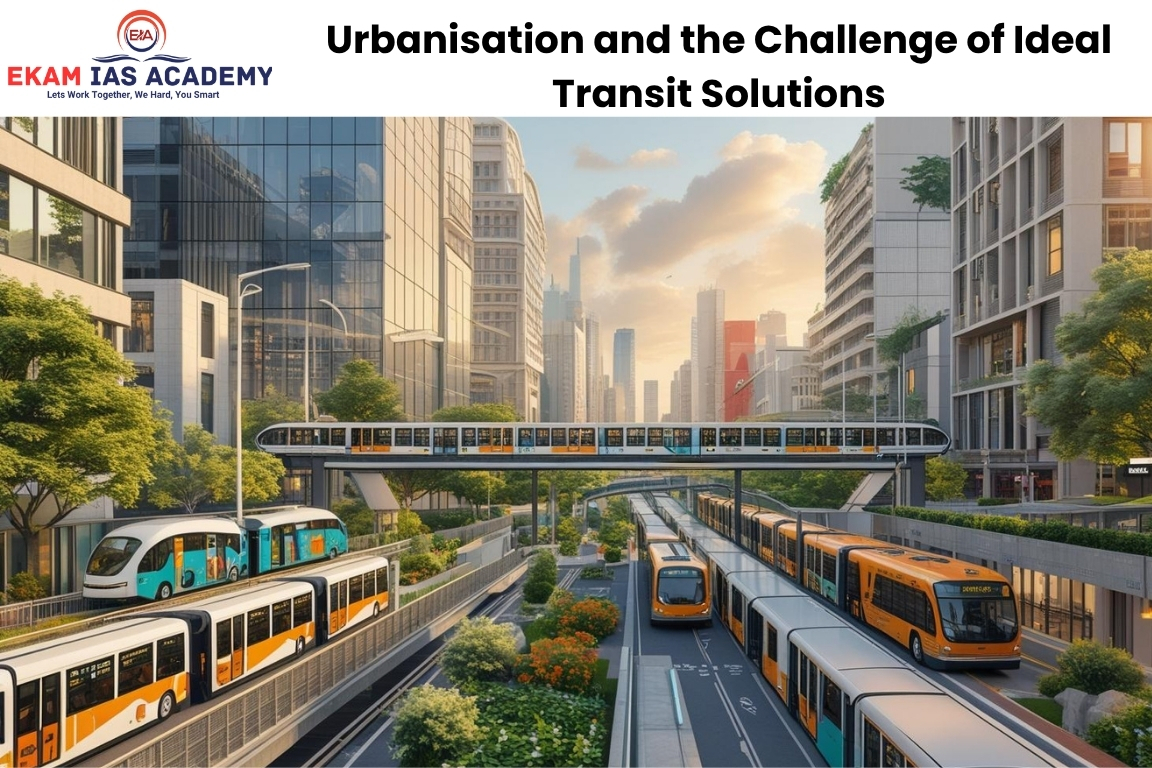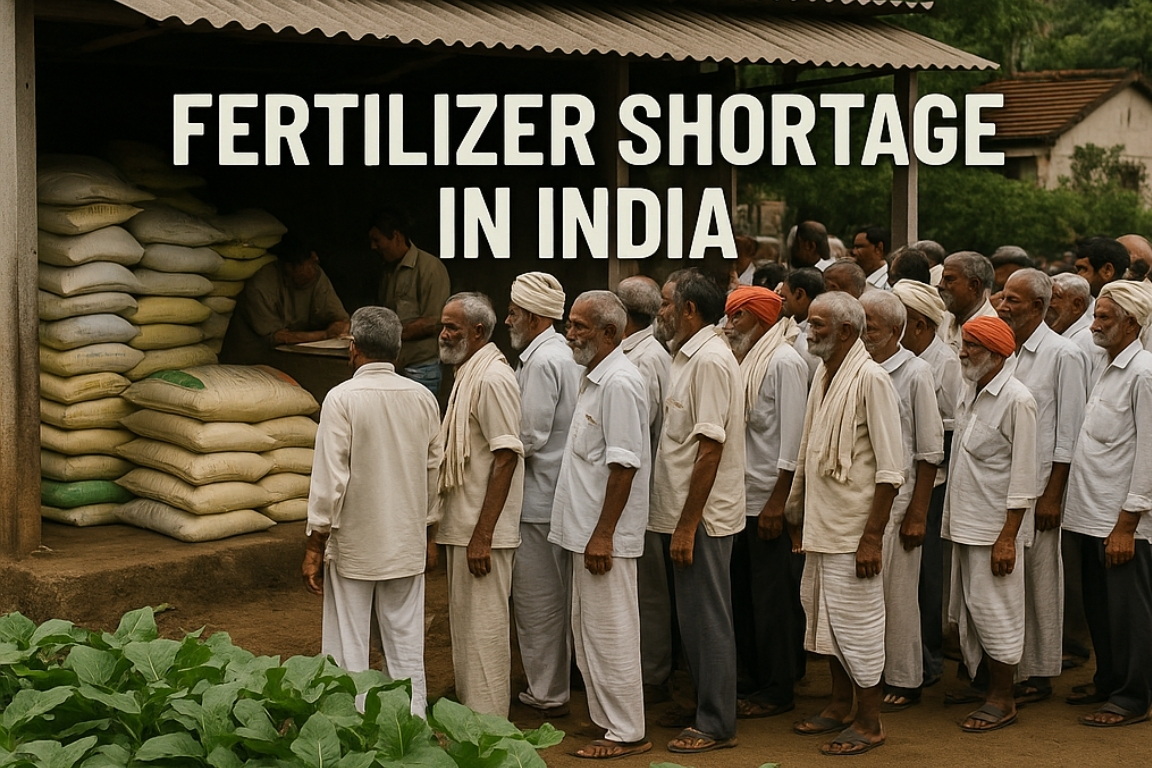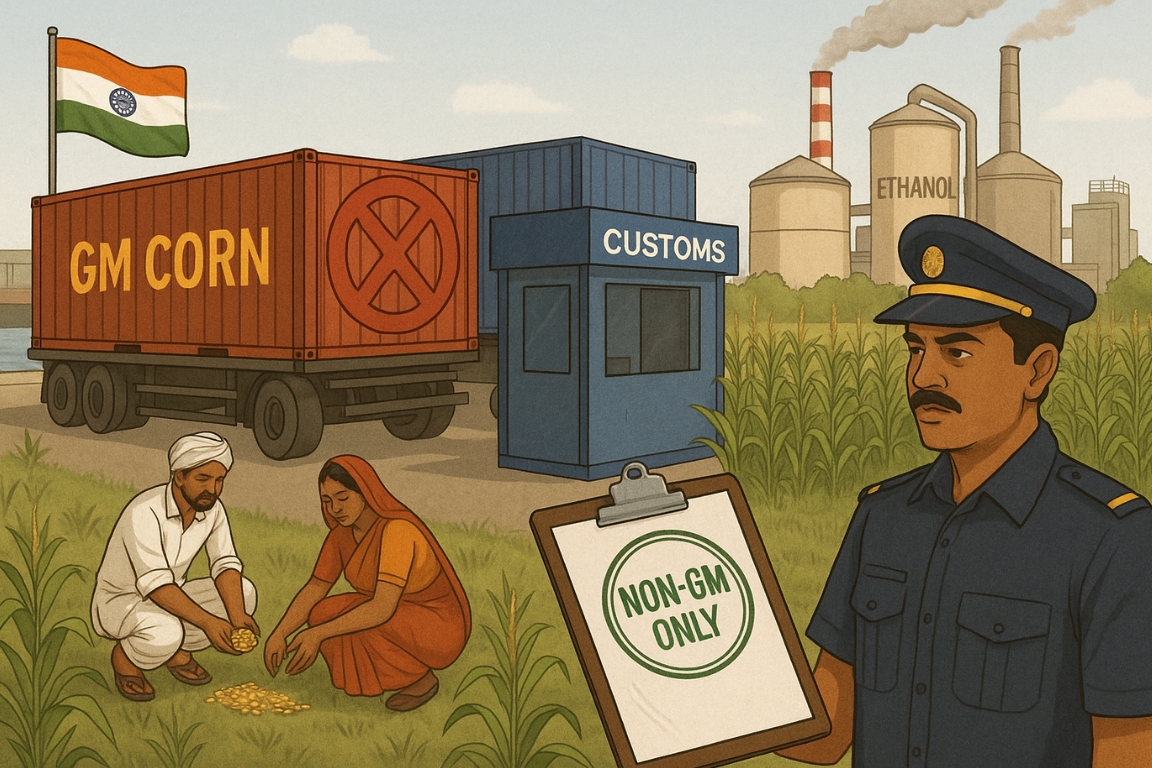URBANISATION AND THE CHALLENGE OF IDEAL TRANSIT SOLUTIONS
TOPIC: (GS3) ECONOMY: THE HINDU
India’s journey towards becoming a developed nation by 2047 includes urban expansion, which demands better public transport systems. The discussion around cost-effective transit options like trams and e-buses has gained focus in light of growing urban mobility needs.
India’s Urban Shift and Transport Needs
- Over 60% of India’s population is expected to live in urban areas by the 2060s.
- Existing large cities are expanding, and smart cities are still underdeveloped.
- Managing daily commuting needs in such urban settings is a growing challenge.
Government’s Recent Initiatives
- In the Union Budget, the government launched:
- PM e-Bus Sewa to deploy 10,000 e-buses.
- PM e-Drive scheme to support 14,000 e-buses, 1.1 lakh e-rickshaws, and other electric vehicles.
- However, India needs 2 lakh urban buses, but only 35,000 are functional, far below the actual demand.
- Metro networks are being expanded, yet they remain expensive and underutilised.
Concerns with Current Urban Transit
- Only 37% of urban residents in India have easy access to public transport.
- Comparatively, countries like China and Brazil offer better access (>50%).
- Metro systems, though helpful, face:
- High costs, both in construction and operation.
- Low ridership and fare sensitivity among users.
- Poor last-mile connectivity, discouraging use.
Need for Cheaper, Reliable Alternatives
- Government focus has shifted to electric buses, but they have high maintenance and replacement costs.
- Private investors show hesitation due to low profit margins.
- Trams and trolleybuses, which are often ignored, offer better long-term financial and environmental gains. Trams show 45% profitability over 70 years, E-buses result in 82% net loss over the same period.
Way Forward
- India must evaluate transport solutions based on cost-effectiveness, sustainability, and coverage.
- The planned tram system in Kochi could be a model for future urban transit.
- Rather than relying solely on subsidies, India needs balanced, scalable transit investments.
Conclusion:
India’s urban transport planning must focus on long-term, cost-effective, and sustainable solutions. Reviving efficient modes like trams can ensure inclusive mobility and support climate goals.






Discover countless engaging and useful content here .
From expert articles to bite-sized insights, you’ll find for everyone .
Enhance your knowledge with fresh resources crafted to inspire plus engage you .
Our platform delivers a user-friendly experience ensuring you can discover the information most valuable .
Join of thousands of users who rely on trusted content daily .
Dive in today and unlock the full potential our site delivers.
https://gakulkarni.info
On our website you can explore a lot of valuable information.
It is created to guide you with multiple topics.
You will find clear explanations and real examples.
The content is frequently updated to stay relevant.
https://aldv.info
It’s a great resource for self-development.
All users can benefit from the materials here.
Start checking out the site today.